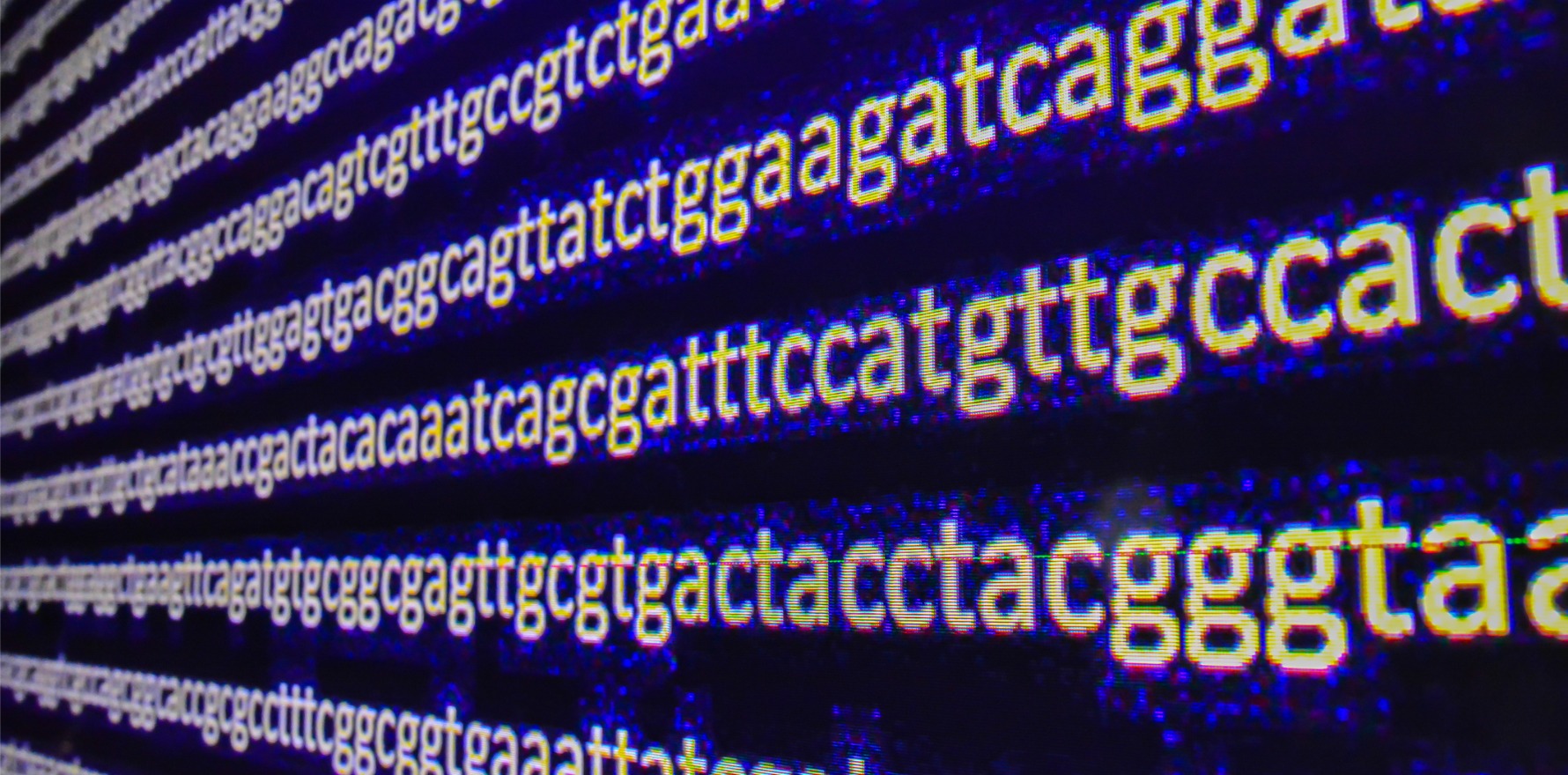12 June 2024
Subsidise gene screen before carbamazepine: modelling
Clinical Stevens-Johnson syndrome (SJS) Toxic epidermal necrolysis (TEN)

Genotyping Asian-Australians with epilepsy would avoid rare but unpleasant drug reactions and be cost-effective.
It would be cost-effective to subsidise the cost of genotyping Asian-Australians with epilepsy before prescribing carbamazepine, a new modelling study has found.
People with the HLA-B*15:02 allele are at increased risk of carbamazepine-induced Stevens-Johnson syndrome and toxic epidermal necrolysis (SJS/TEN). The allele is more common in certain Asian populations, namely Han Chinese, Malaysian, Thai, and Vietnamese (less so in Japanese and South Korean people).
The rare but painful and potentially fatal drug reaction presents with flu-like symptoms then extensive rash and blistering, and can progress to 30% skin loss, shock and multiple organ failure. SJS and TEN are distinguished by whether less or more than 10% of skin is affected.
Long-term sequelae include scarring, including severe genital scarring, lung disease, eye problems and blindness.
Pre-treatment gene screening is routine in Taiwan and Singapore, but in Australia, where close to a fifth of people report Asian ancestry, the cost is borne by the patient.
A team from the University of NSW built a model to test the value to the healthcare system of offering HLA screening on Medicare to people with epilepsy and Asian ethnicity, calculating costs, changes in life-years (LYs) and quality-adjusted life-years (QALYs) and incremental cost-effectiveness ratios.
A hypothetical cohort of Asian-Australians, with assumed HLA-B*15:02 frequency of 5.1%, was run through two treatment protocols: no allele screening and empirical initiation of carbamazepine, and screening followed by valproate initiation in positive patients and carbamazepine in negative patients.
Treatment pathways, remissions and failures, SJS/TEN mortality and all-cause mortality using ABS life tables over the patients’ lifetimes were estimated using data from previous research.
The team calculated health utility values for the various possible outcomes: living with controlled and uncontrolled epilepsy, living with the sequelae of SJS/TEN and living after full recovery from SJS/TEN.
The model found the screening option cost $114 more per person, but this was marginal considering the $21,929 total lifetime cost compared with $21,814 without screening.
Patients had an average of 18.748 LYs and 17.052 QALYs without screening, and 18.733 LYs and 17.0597 QALYs with screening – that is, there was a slight fall in life-years with screening but a slight rise in quality-adjusted life-years.
The average cost per QALY came to $15,839, well inside the $50,000 willingness-to-pay threshold. The model was run 1000 times and 89% of the simulations came out as cost-effective. The loss in life-years was attributed to poorer seizure control with alternatives to carbamazepine.
However, the authors write, “when considering the disutility of SJS/TEN and controlled and uncontrolled epilepsy, pretreatment HLA-B*15:02 genotyping was more effective, with QALY gains at an ICER of $15,839 per QALY … in the base case, suggesting that the intervention would improve quality of life for Asian Australian individuals who initiate treatment with carbamazepine and is cost-effective in the Australian context”.
Because carbamazepine is also used to treat neuropathic pain, and because the team used only one long-term sequela from SJS/TEN in calculating utility, the estimate of cost-effectiveness is likely to be conservative.
“The collection of more Australian-derived data is crucial toward furthering our understanding of the ramifications of HLA screening among Australia’s multicultural population,” the authors conclude.

